Life is abundant within the majestic landscapes of Yosemite National Park. This article introduces you to 15 adorable baby mammals that call this Yosemite National Park home. One can find baby mammals in the park when conditions favor raising offspring. The exact time can vary among species.
The American black bear, for example, begins its family in late winter while still in hibernation, with the cubs emerging in spring. Young coyotes and bobcats can also be seen during spring. While other mammals like mule deer and yellow-bellied marmot often give birth in spring and early summer. The best time to observe baby mammals in the park is during late spring and summer.
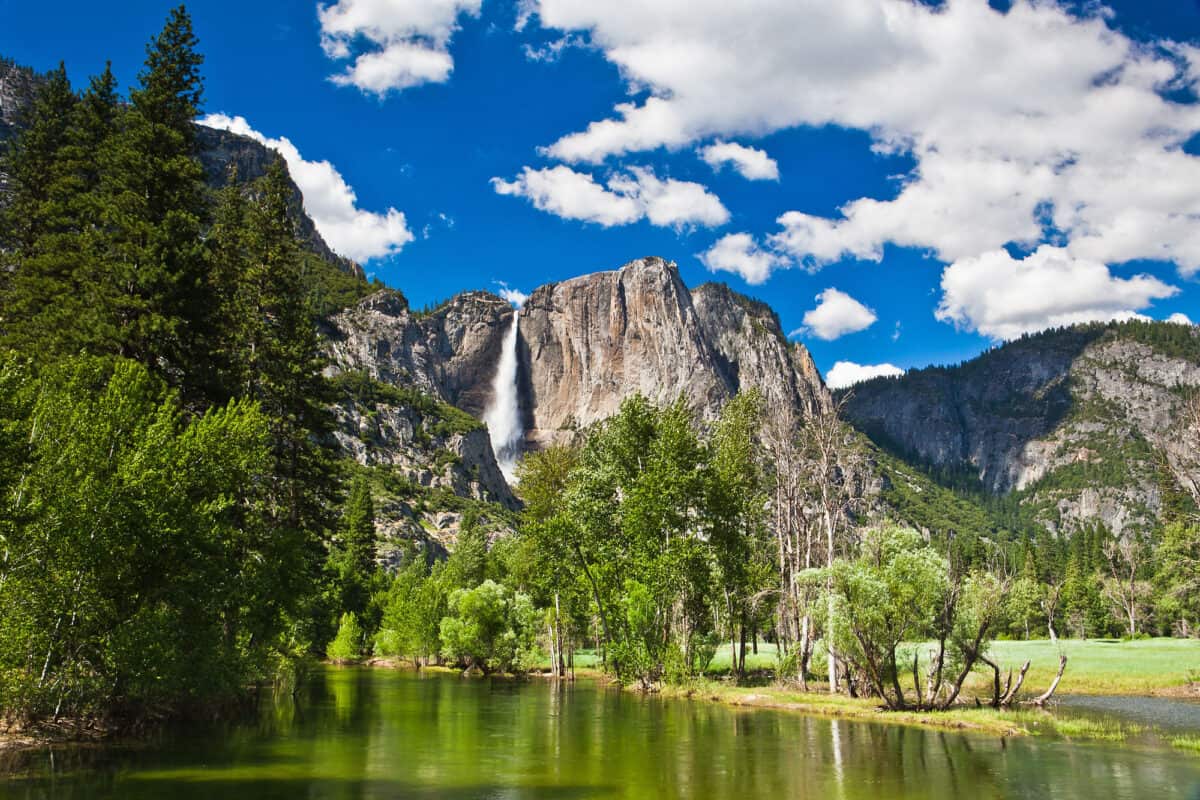
1. American Black Bear
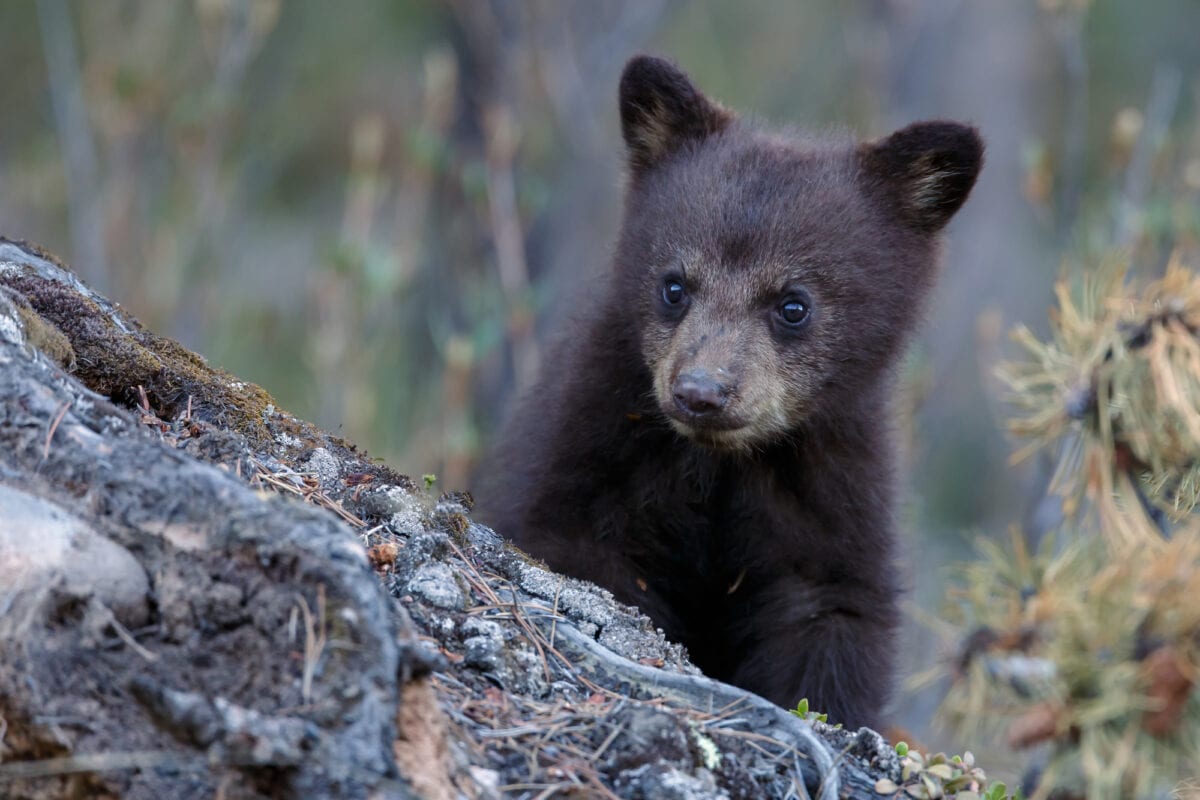
The American Black Bear is Yosemite National Park’s most iconic mammal. They are the only bears in the park. Their diet consists of berries, nuts, grasses, carrion, and the occasional small mammal. Yosemite’s black bears range in color from jet black to cinnamon brown.
2. Mountain Lion

Mountain Lions are among Yosemite’s most difficult-to-spot predators. As apex predators, they play a critical role in maintaining the ecosystem’s health by controlling the populations of other animals. In Yosemite National Park one can find baby mountain lions during spring. Their solitary nature and preference for dense habitats make sightings rare, offering a thrilling experience for the few who encounter them.
3. Bobcat

Bobcats, smaller than mountain lions but equally fascinating, thrive in Yosemite’s diverse habitats. Their spotted fur and tufted ears make them a captivating sight, embodying the wild essence of the park. Bobcats are versatile predators, feeding on various prey, contributing to the balance of ecosystems.
4. Mule Deer
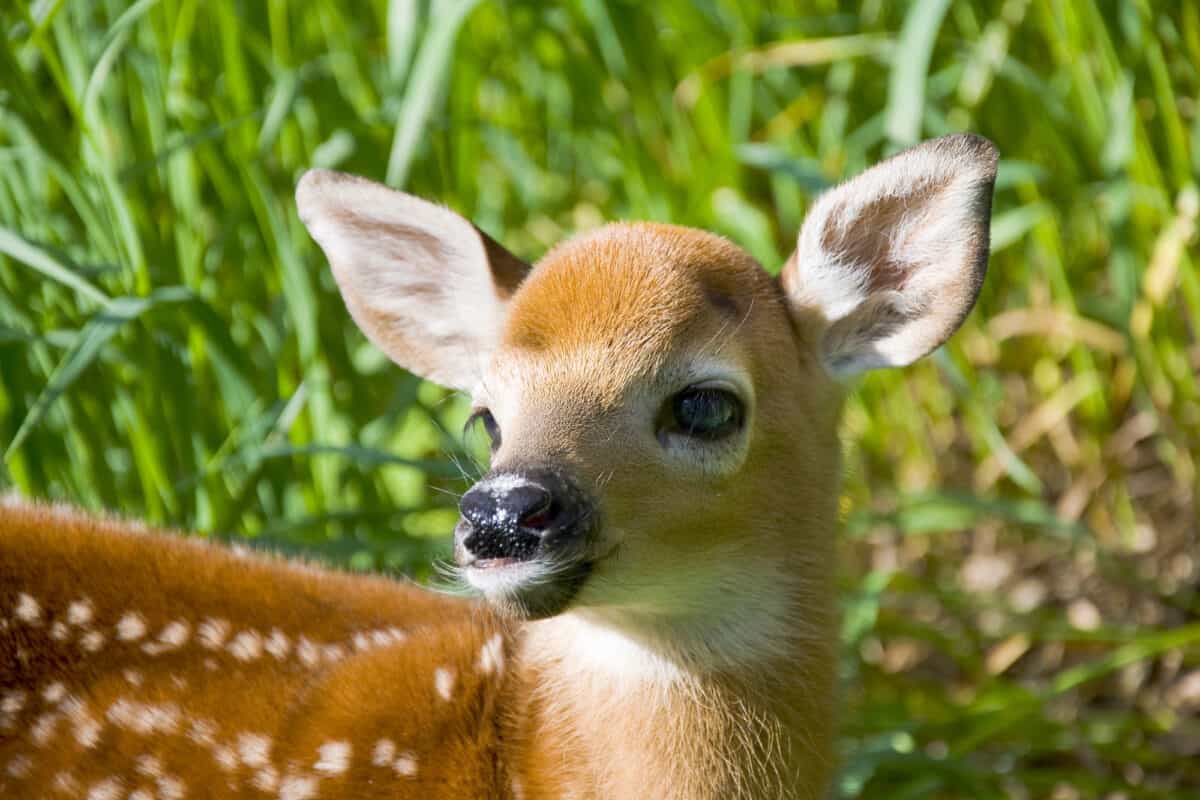
Mule Deer are a common yet enchanting sight, often grazing in meadows or along riverbanks. Their large ears, similar to a mule’s graceful demeanor, make them a favorite among visitors. They play a crucial role in the food web, serving as prey for larger predators like mountain lions.
5. Sierra Nevada Bighorn Sheep
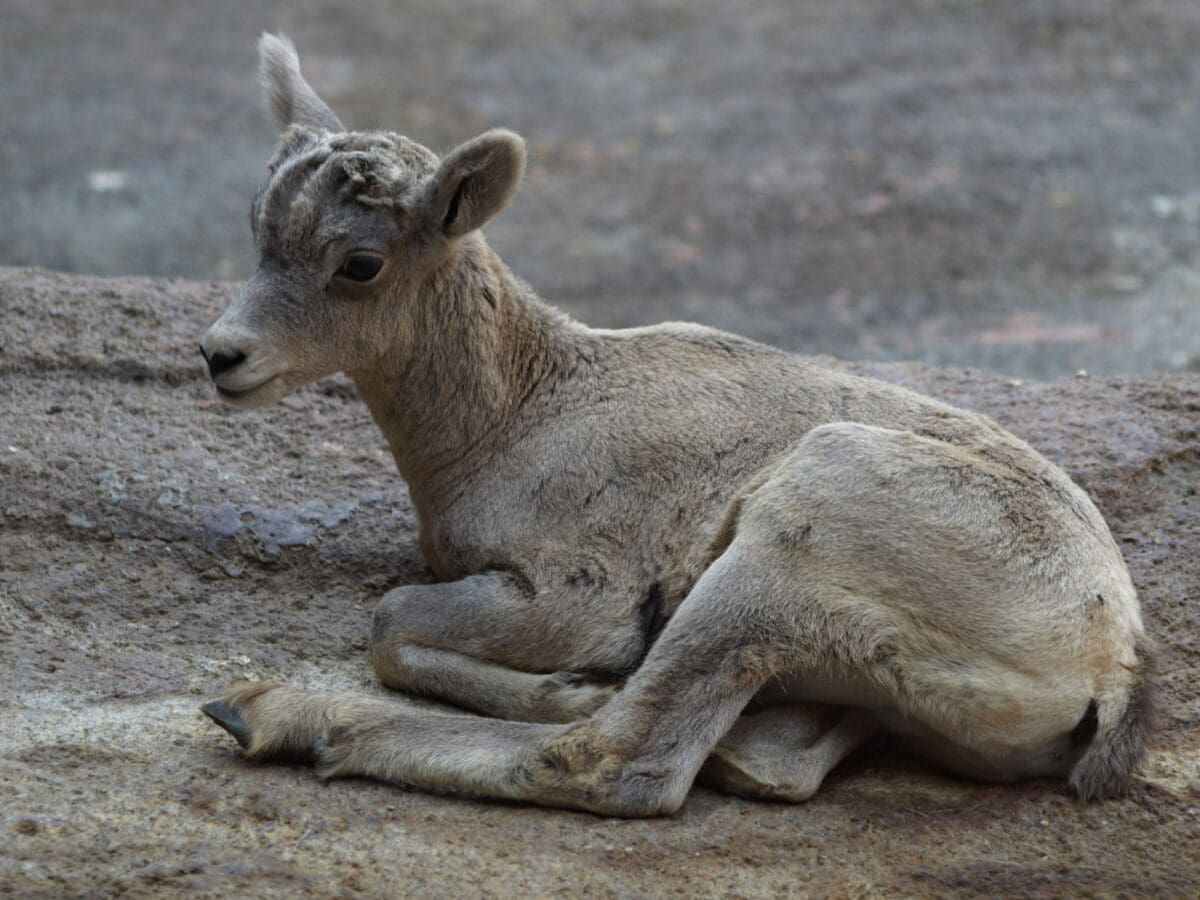
Sierra Nevada Bighorn Sheep are an emblem of Yosemite’s rugged wilderness. These endangered animals, with their impressive horns and mountainous habitats, symbolize the park’s untamed beauty. Conservation efforts are crucial for their survival, reflecting the broader challenges of preserving natural habitats and biodiversity.
6. Yellow-bellied Marmot
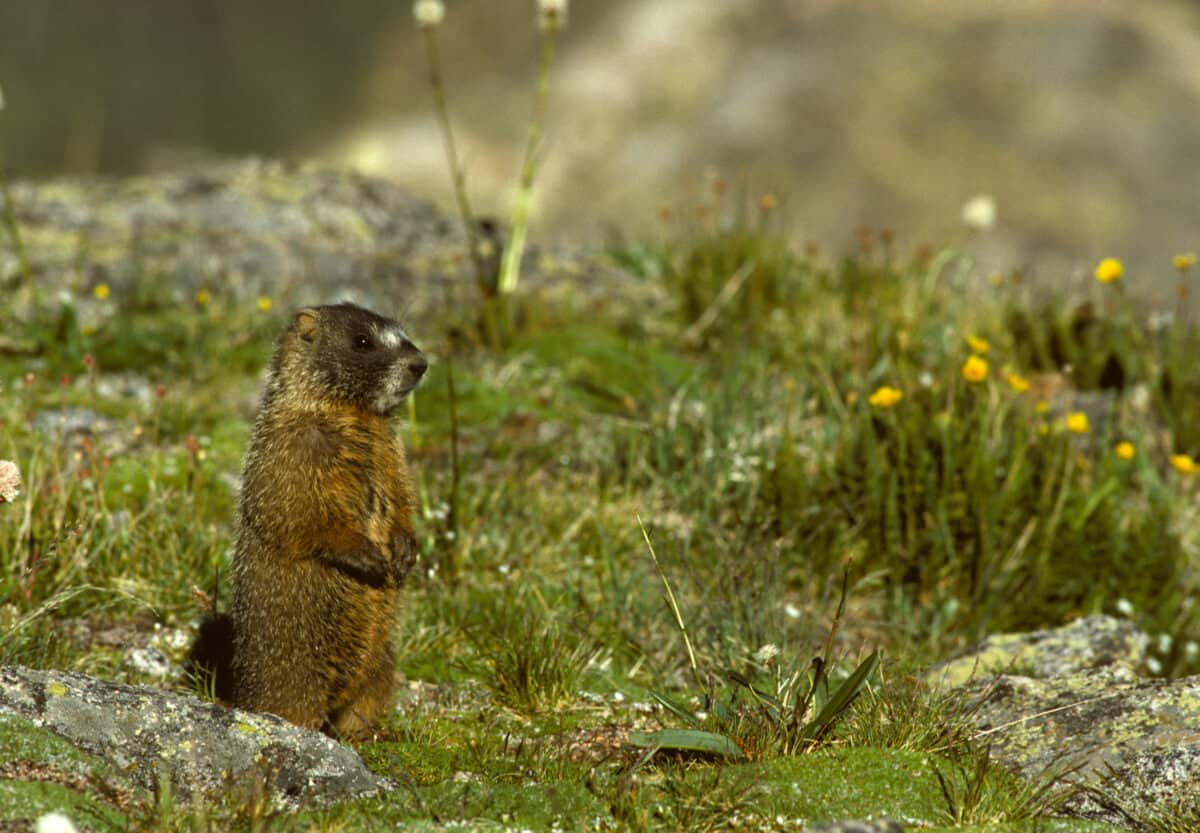
Yellow-bellied Marmots are found in alpine and subalpine environments, particularly in areas with abundant rocks and cliffs that provide shelter and lookout points. They prefer open habitats where they can sunbathe and keep an eye out for predators. Marmots live in colonies that can include dozens of individuals. They hibernate for up to 7 months of the year, with their body temperature dropping close to freezing to conserve energy during the long winter months.
7. American Pika
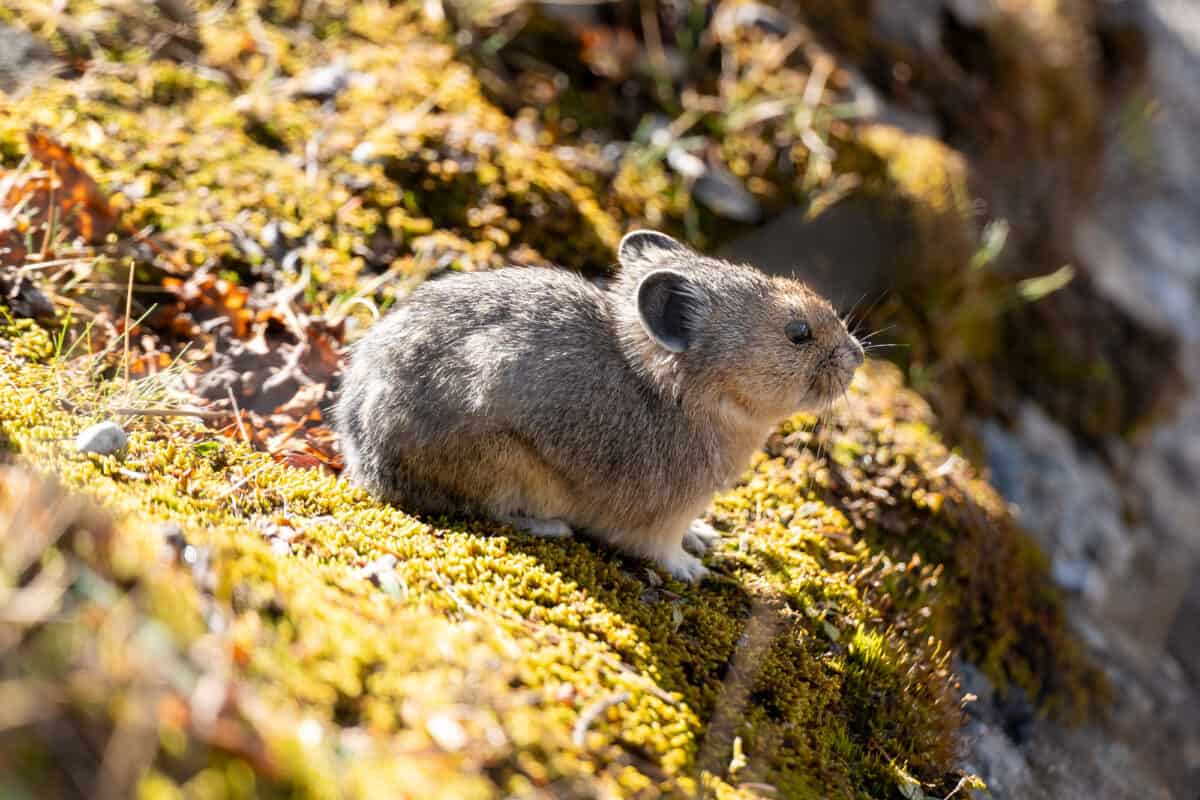
American Pikas inhabit rocky slopes at high altitudes. They do not hibernate but instead collect and store a “haypile” of dried vegetation during the warmer months to sustain them through the winter. Despite their small size, pikas are hardy animals. They have a high metabolism and a thick fur coat that helps them survive the cold. Pikas are very territorial and can often be heard making loud calls to communicate with each other and defend their territory.
8. California Ground Squirrel
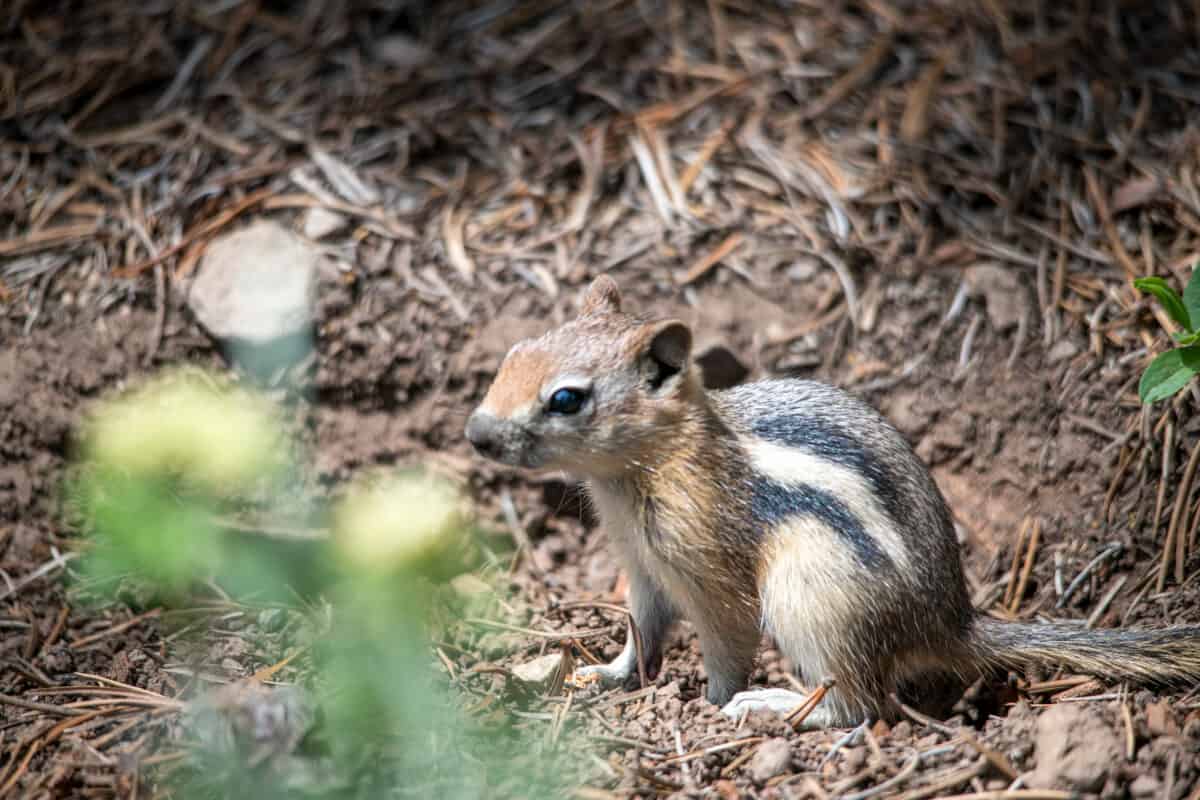
These squirrels are adaptable and can thrive in various environments, including grasslands, woodlands, and along the edges of forests. They often create burrows for shelter and protection. California Ground Squirrels have an interesting defense mechanism against snakes. When facing a predator, they can heat and shake their tails, confusing infrared-sensing snakes like rattlesnakes.
9. Coyote
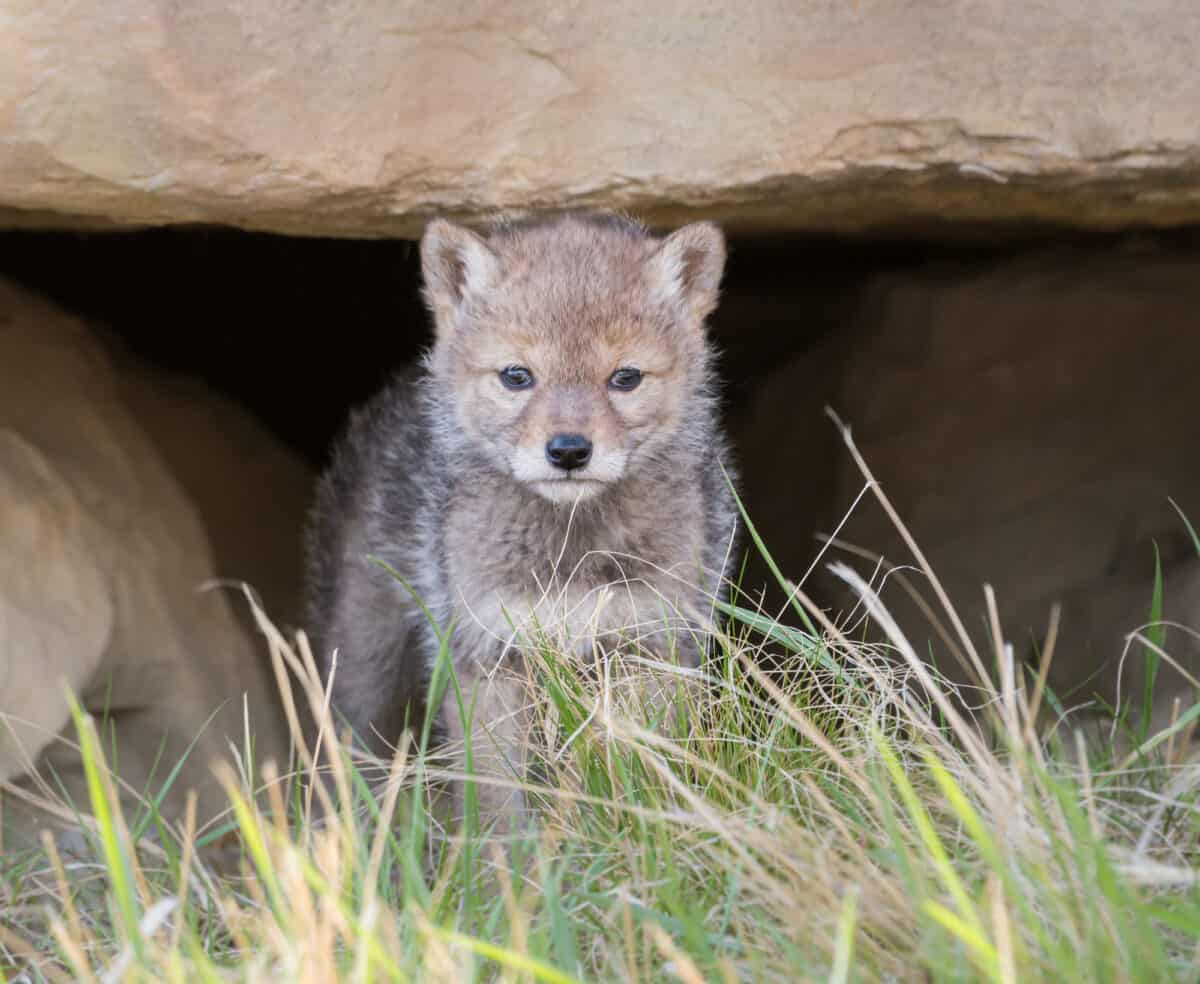
Coyotes are highly adaptable and can live in deserts, grasslands, and forests. They are often seen in open spaces in Yosemite. Coyotes are known for their intelligence and have been observed using teamwork to hunt prey much larger than themselves. They use a variety of sounds to communicate with each other.
10. Racoon
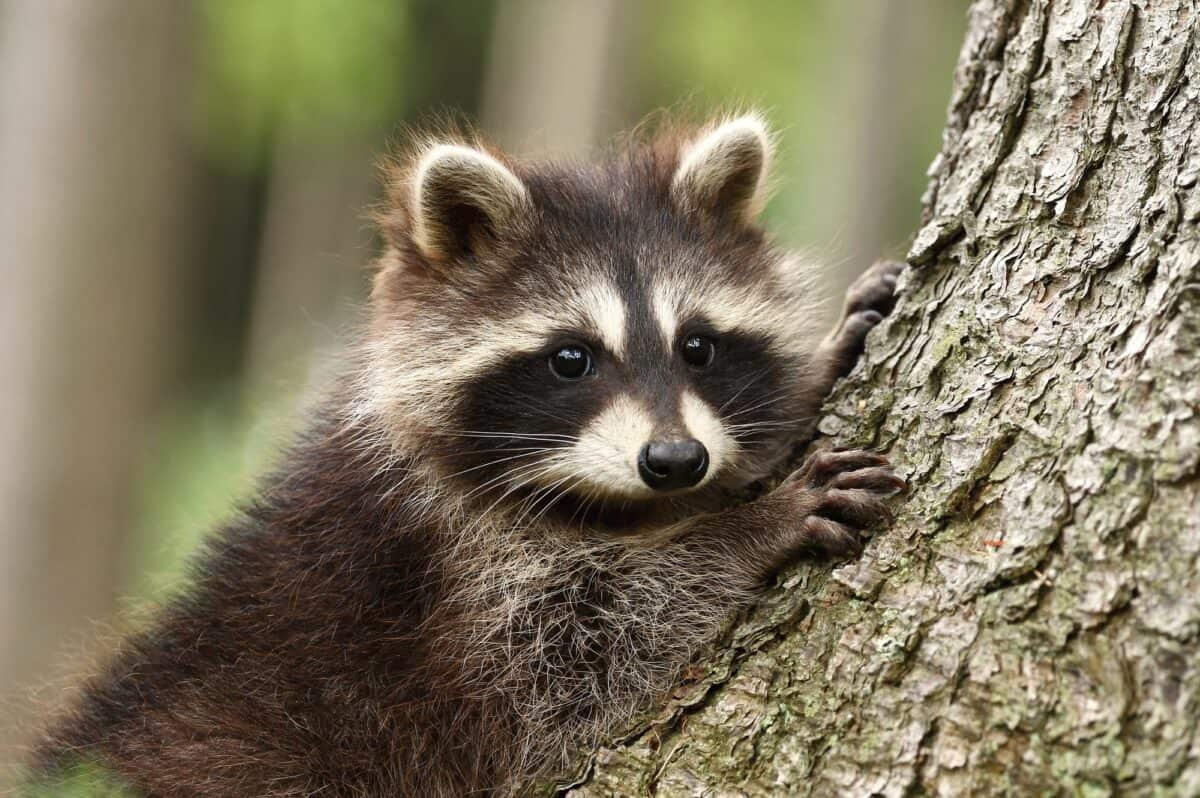
Raccoons are generally found in areas with access to water and dense vegetation for cover. They are often found near rivers, marshes, and forests. Raccoons are excellent climbers and swimmers. Their front paws are dexterous, allowing them to open latches and unite knots. They used this ability to access food sources.
11. Western Spotted Skunk
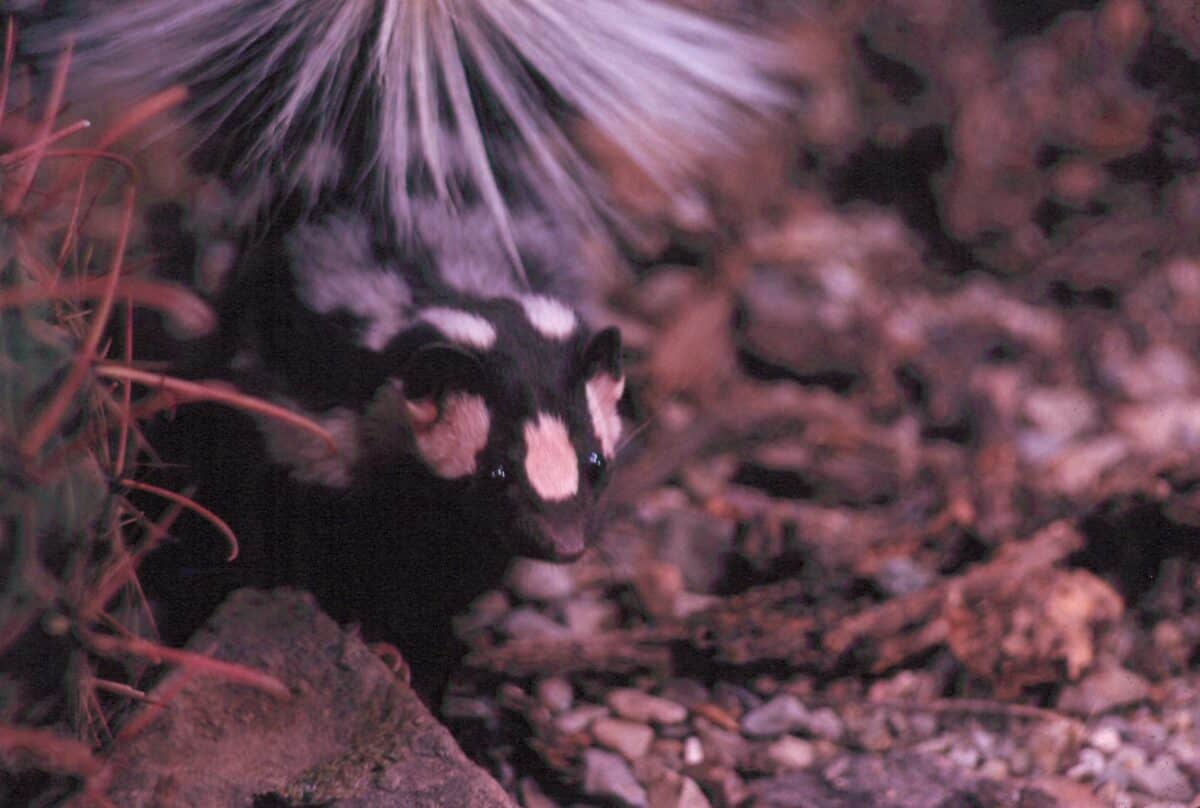
These skunks favor habitats with dense vegetation and cover, such as woodlands, shrublands, and areas near rocky outcrops or cliffs. Western Spotted Skunks are known for their distinctive handstand defense posture. They stand on their front legs and arch their backs when threatened. Often spraying a potent musk from their glands as a deterrent.
12. Sierra Nevada Red Fox
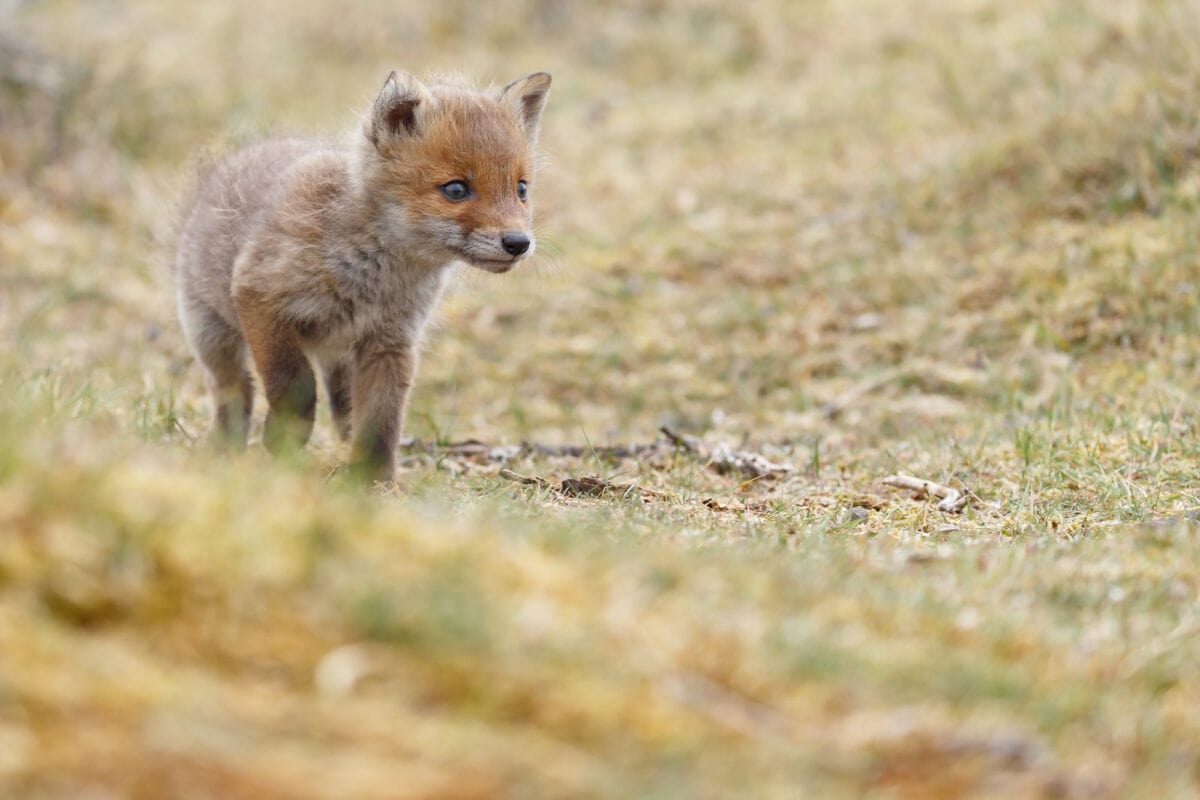
Sierra Nevada Red Foxes are adapted to colder environments, preferring high-altitude forests and meadows. One could find them in the higher altitudes of Yosemite National Park. This species of red fox is known for its striking appearance and is one of the rarest and most elusive mammals in North America. They have thick fur that changes with the seasons and a varied diet that includes rodents, birds, and fruit.
13. Long-tailed Weasel
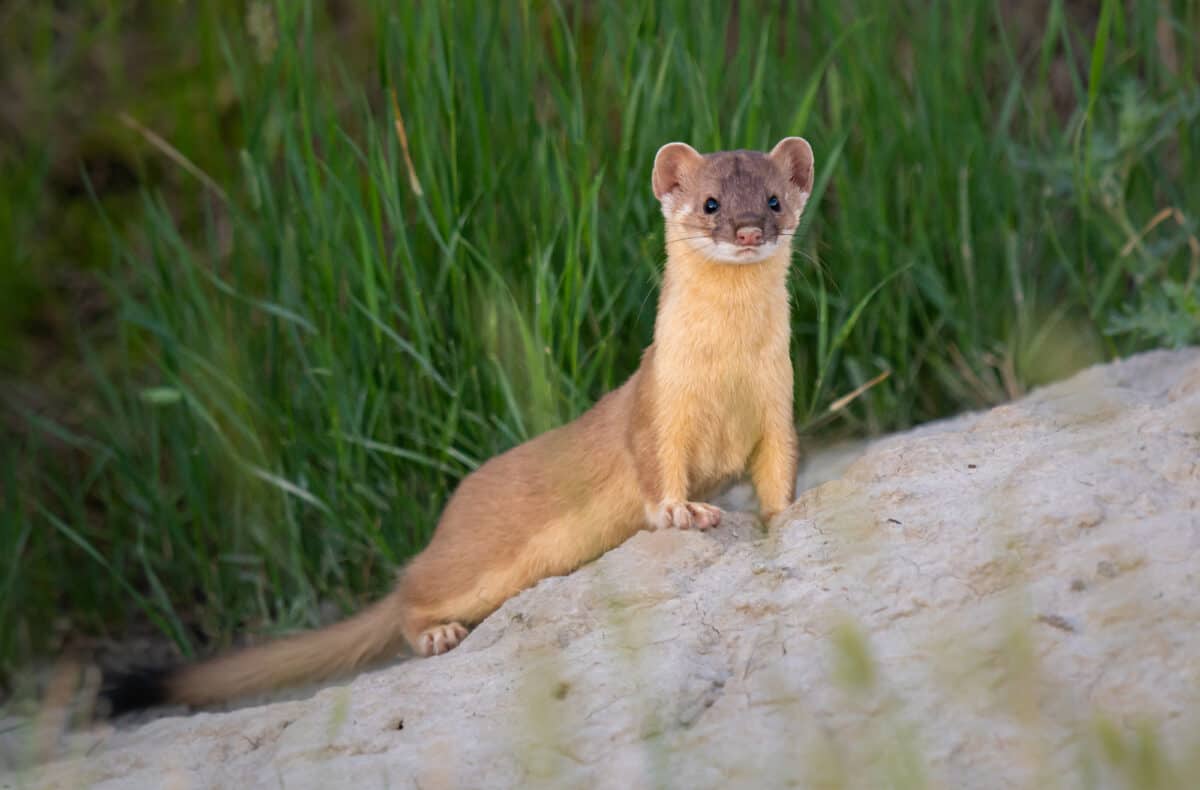
Long-tailed Weasels inhabit forests, grasslands, and marshes. They prefer areas with ample vegetation cover and access to water. These weasels have a seasonal coat change to help them blend into their surroundings. Their coat changes from brown in the summer to white in the winter (in snowy regions). They are fierce predators, often attacking prey larger than themselves.
14. Northern Flying Squirrel
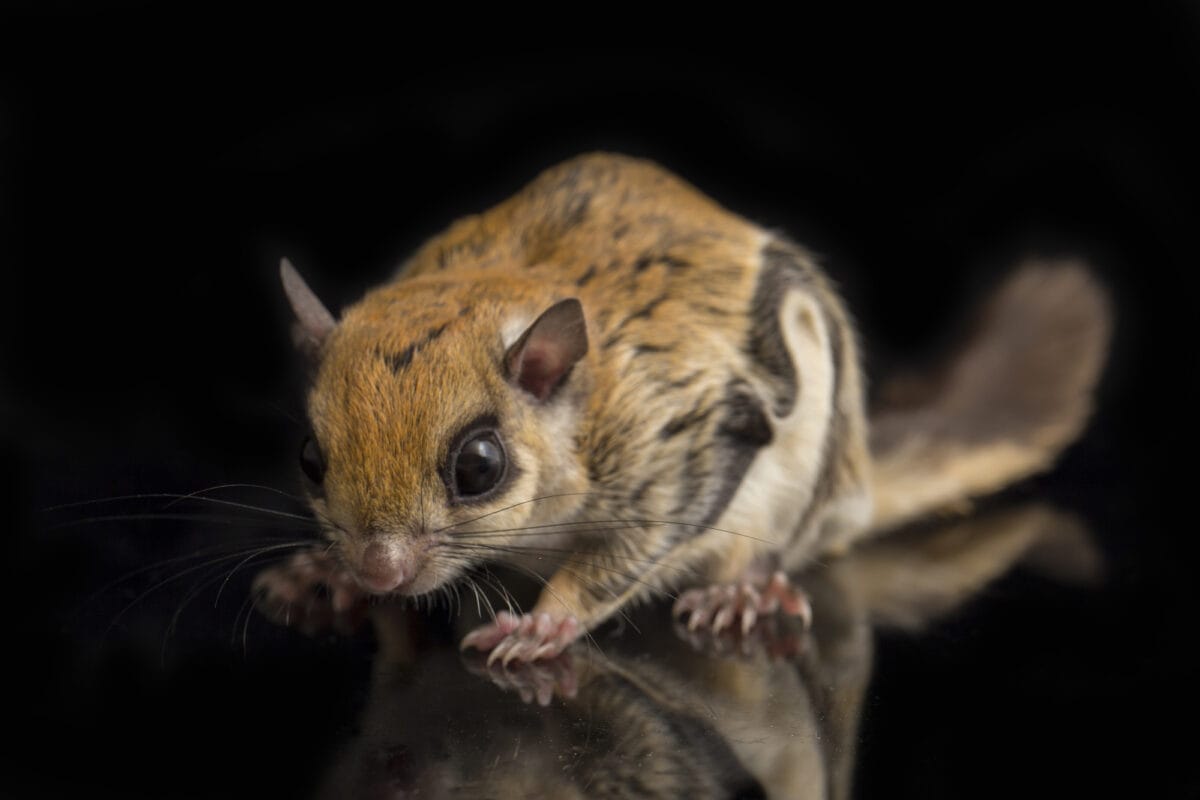
Northern Flying Squirrels prefer habitats with a mix of trees and shrubs in Yosemite National Park. Despite their name, these squirrels don’t fly but glide through the air using a membrane between their legs and body. They can glide for distances of over 150 feet, navigating through the air with precision to escape predators or reach food sources.
15. American Marten
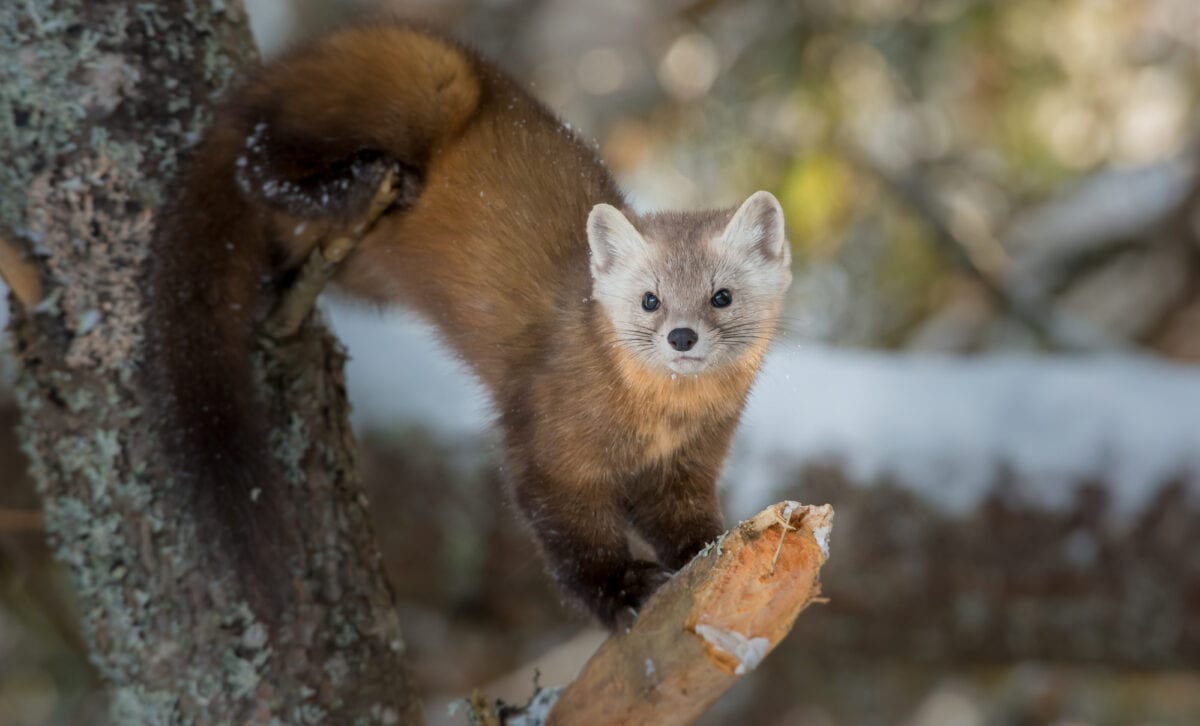
American Martens inhabit mature, dense forests in Yosemite National Park, adapting to cold, snowy environments and frequently residing at higher elevations. Martens are agile climbers and use the trees both as hunting grounds and to escape from predators. They have a varied diet that includes small mammals, birds, insects, and fruit. Baby American Martens can be found in Yosemite National park during Spring.
You might also enjoy:
- Watch the Reason Why You Should Never Approach A Bison in Yellowstone National Park (with Video)
- Watch: Bear Casually Walks Past Tourists in Alaska’s Katmai National Park
- Watch a Cyclist Gets Chased By Grizzly Bear in Jasper National Park
Join our Forum for free today!

- The Bond Between a Wild Baby Bison and Her Rescuer - July 20, 2024
- An Excited Husky’s First Ever Time in Snow - July 20, 2024
- Top 20 Colorful Species To Brighten Your Day - July 14, 2024
